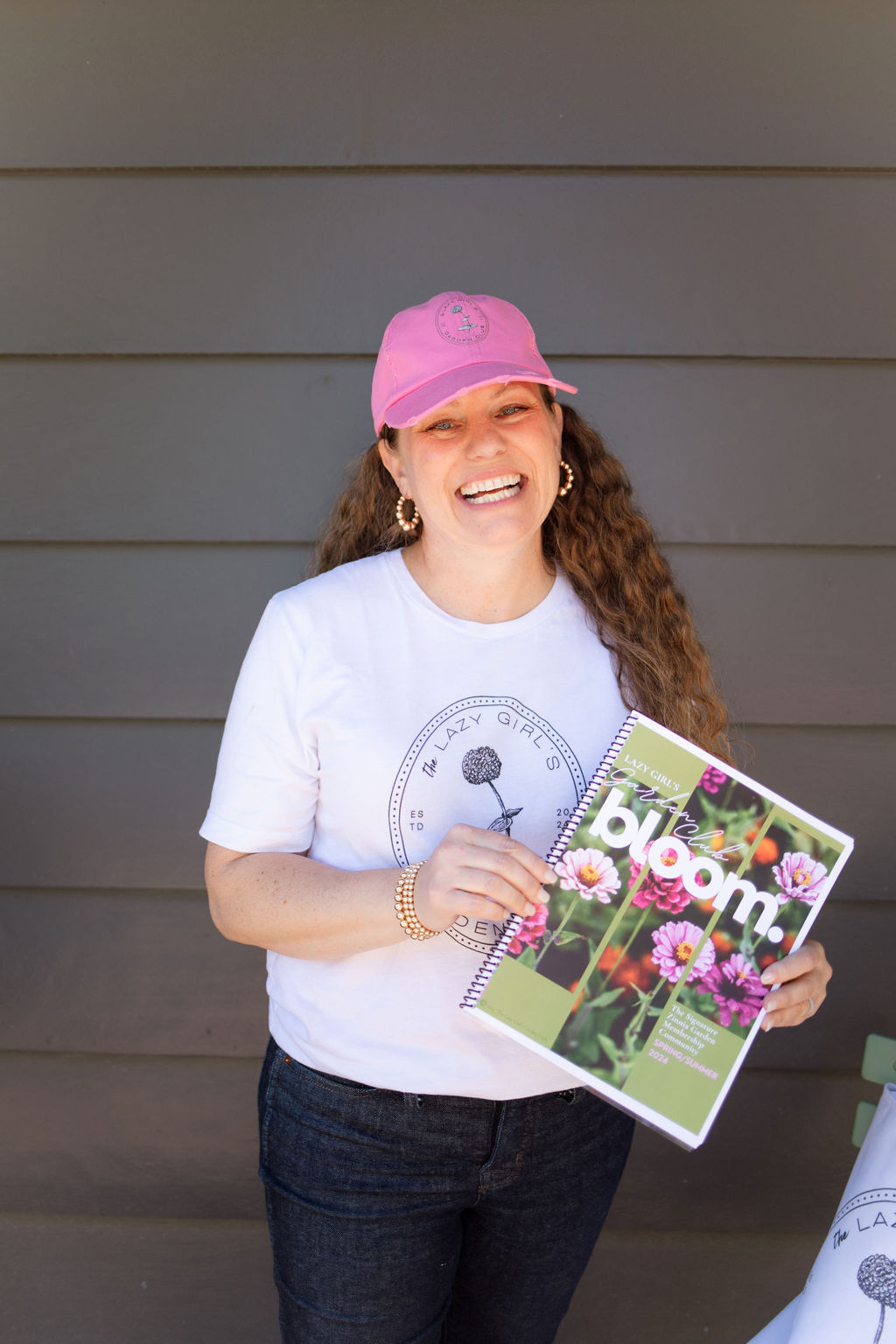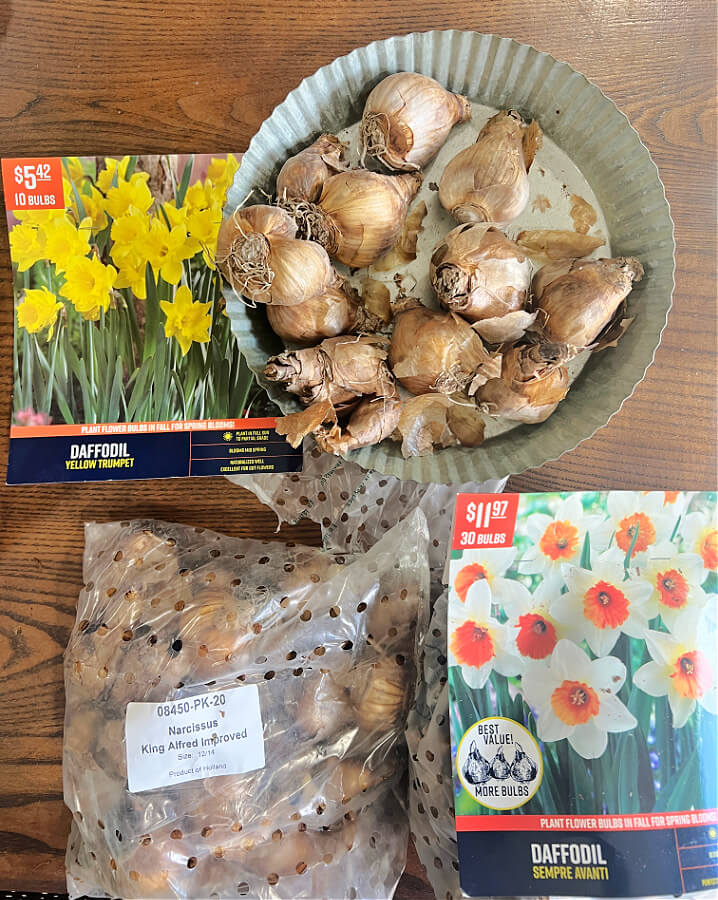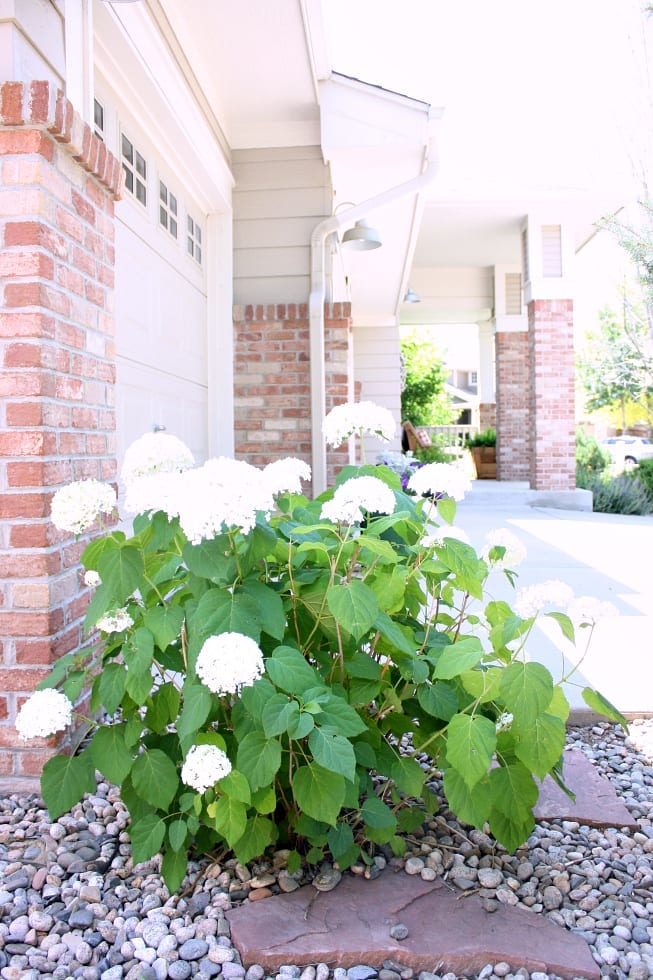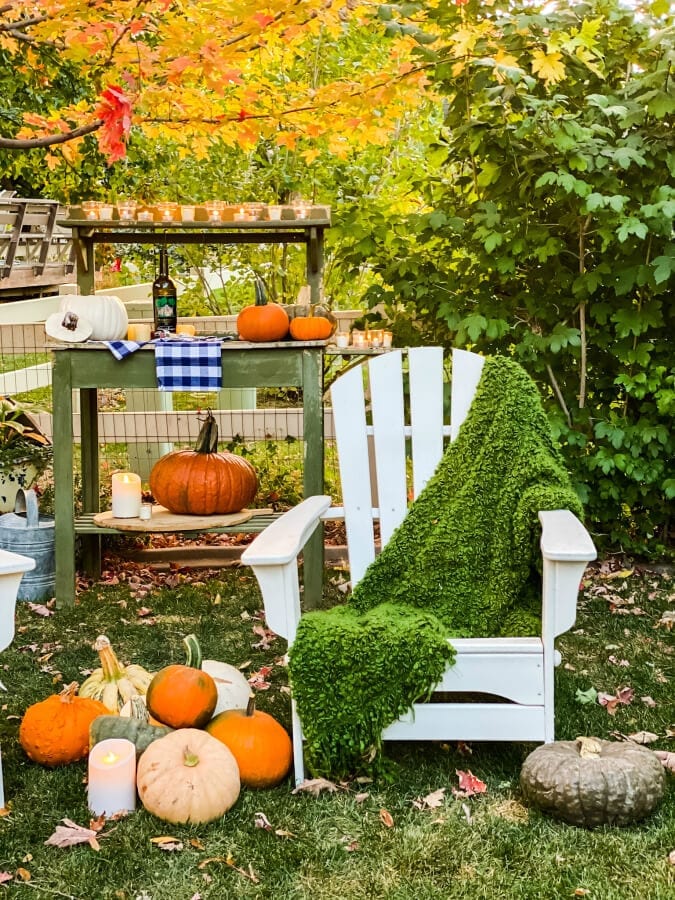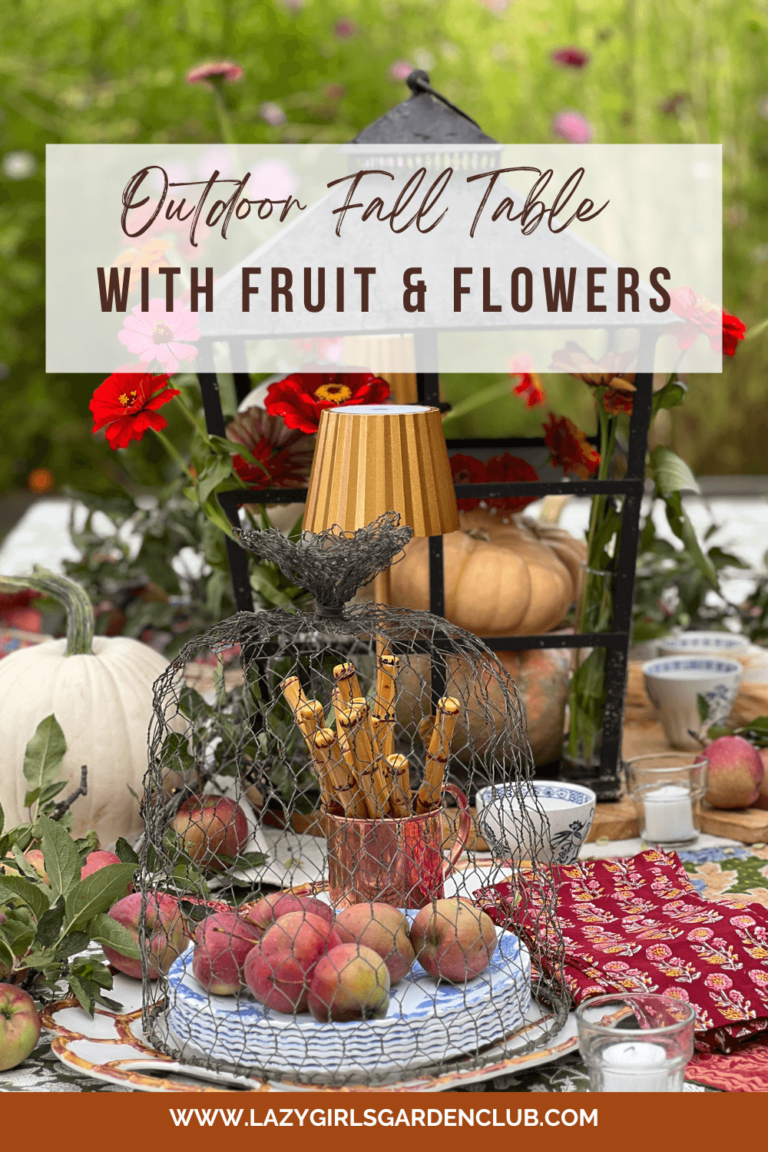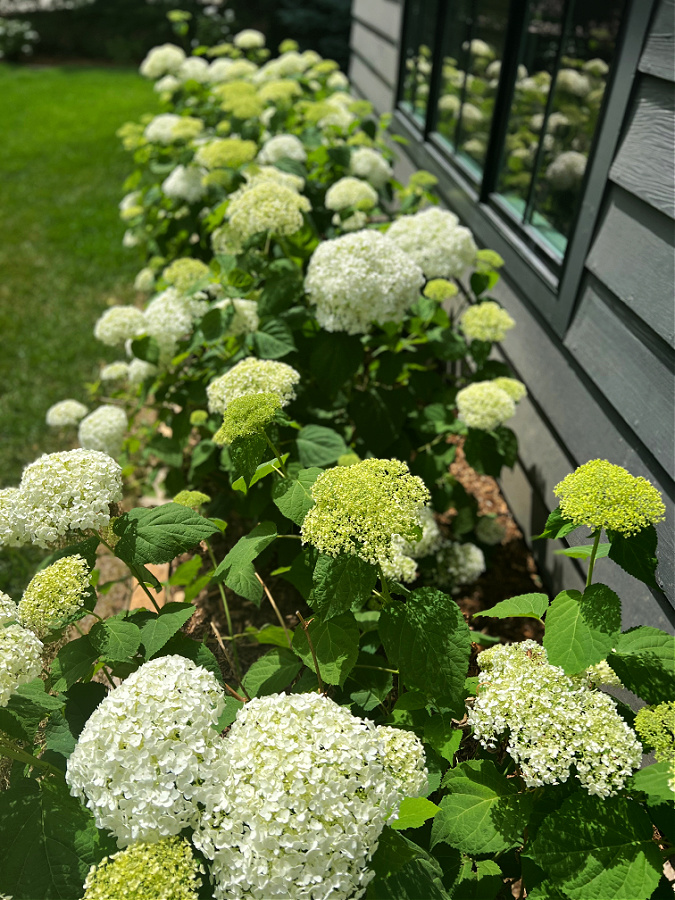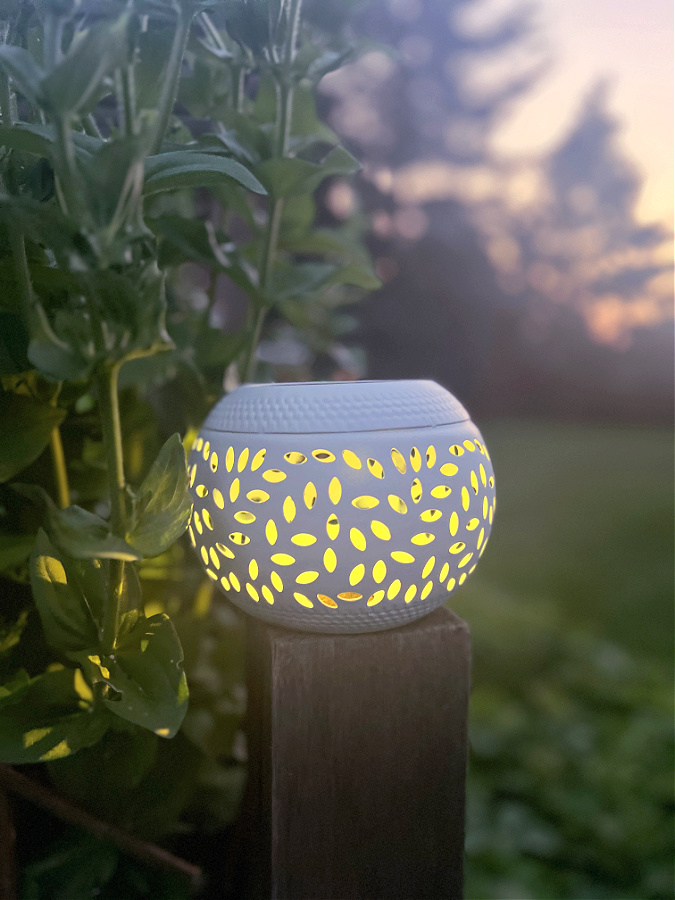What Zones Can You Grow Zinnias In? Tips for Healthy Flowers
Wondering if your zone is good for growing zinnias? The short answer is YES! Zinnias can grow in nearly every USDA zone. With a sunny spot and some good watering, this annual plant can thrive almost anywhere. Scatter your seeds in the spring or summer, and soon you’ll have zinnia color erupting throughout your garden.
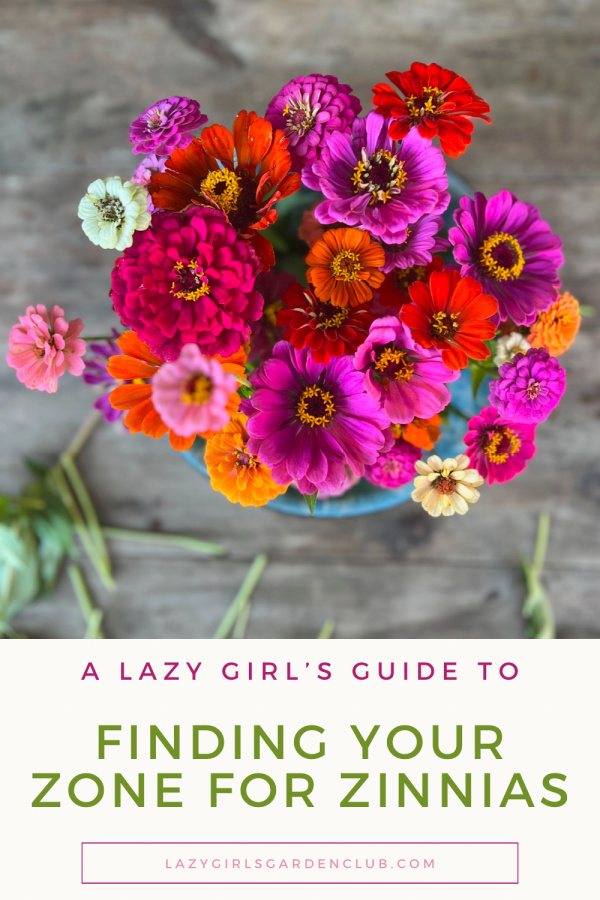
*As an Amazon Associate, I earn from qualifying purchases. This post contains other affiliate links too for your convenience. Click here to read my full disclosure policy.
Why Grow Zinnias?
If you’re not sure whether zinnias are worth it, allow me to convince you! As a busy gardener, I love plants that offer gorgeous blooms for a minimal amount of work, and zinnias definitely fit the bill!
Here are some reasons why you’ll love growing these delightful flowers, too.
- They’re easy to grow. Let me just say it again – zinnias are SO easy to grow! As long as you wait until after the last frost, it’s hard to go wrong. If you really want to make quick work of planting, you can even just scatter your seeds in a sunny, well-watered area.
- They grow almost anywhere! Zinnias grow in a variety of climates, so regardless of your USDA hardiness zone, you can grow these pleasant plants. And because they can do well in hot weather, they’re wonderful plants for urban areas like hot sidewalk beds.
- They make excellent cut flowers. Zinnias come in a wide range of colors and can last up to a week in a vase. They’re one of the most beautiful cut flower options – giving a gorgeous pop of color to your dining table, porch, or living room. In the summer, I love to send zinnias home with everyone who comes by!
- Zinnias are quick to bloom. Depending on your zone and the variety you choose, zinnias typically produce blooms in about 2 months. After planting, you should see zinnia seedlings begin popping up in about 2-3 weeks.
- They’re an eye-catching addition to your garden. Besides boasting their bold, iconic colors, zinnias make a statement with their impressive height! Many plants can grow to be up to 4 or 5 feet tall.
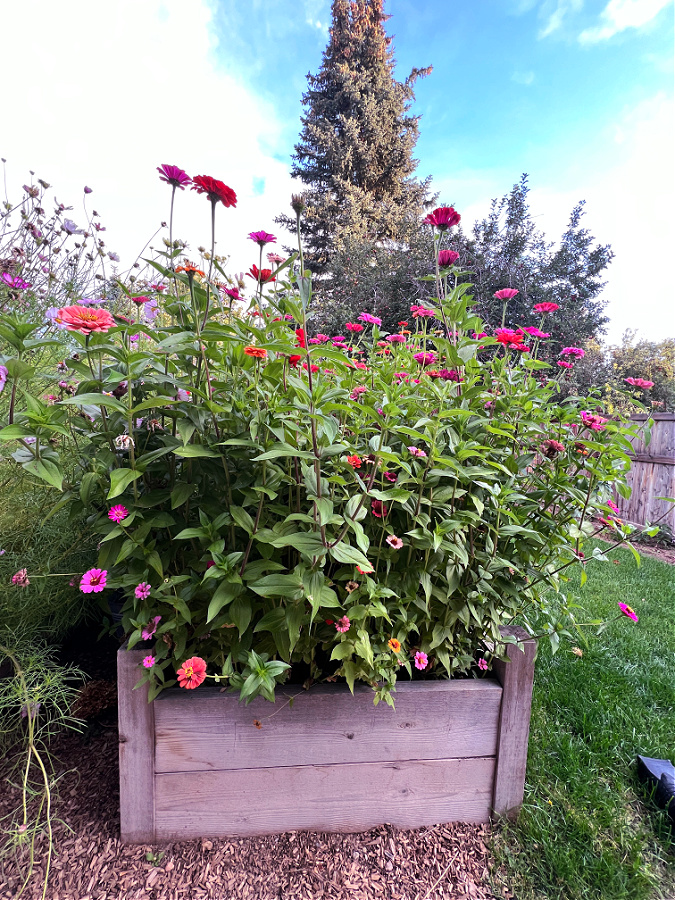
What Zones Can You Grow Zinnias In?
Zinnias can grow in USDA hardiness zones 2-11 – nearly anywhere in the United States! If you’re planning to grow zinnias, the most important thing you need to know is the last frost date for your zone. You’ll want to wait until this date has passed before you plant your seeds.
It’s important to have warm soil to plant your zinnias in. The ideal time to plant is when daytime temperatures reach about 50°F.
While the early spring is a great time to start your first zinnias of the year, you can continue planting in increments to get beautiful blooms even into the fall months! Plant some new seeds every 2-3 weeks to get a continuous supply of these gorgeous flowers all throughout the season.
Zinnia seeds are so easy to grow! If you want, you can get a head start and plant your seeds indoors about 4-6 weeks before the last danger of frost. Personally, I prefer to go for the lazy girl method for planting zinnias and sow my zinnias from seed.
I live in northern Colorado (zone 5b) and generally plant my first zinnias around Mother’s Day.
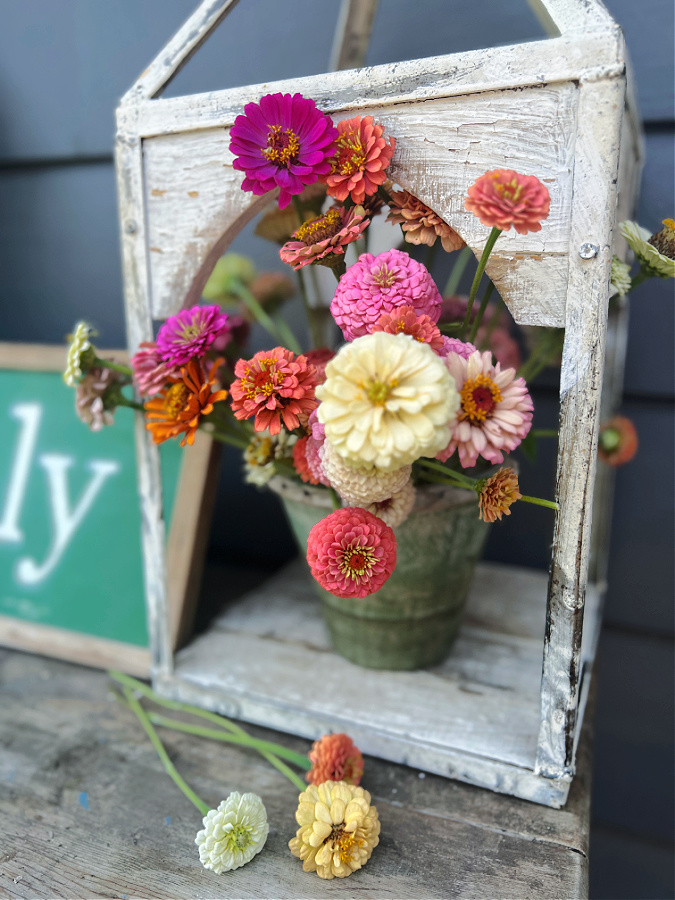
How to Find Your USDA Hardiness Zone
Not sure of your zone? You can find your grow zone easily using the USDA’s plant hardiness zone map. You can even enter your zip code to help you pinpoint your exact area. Once you know your zone, it’s easy to check plant labels to find out which options will grow best where you live.
You should also check out the Farmer’s Alamanac to find your last frost date. Do this each year because it often changes! Once you have this date then you will write that date down and countdown until you can plant your seeds!
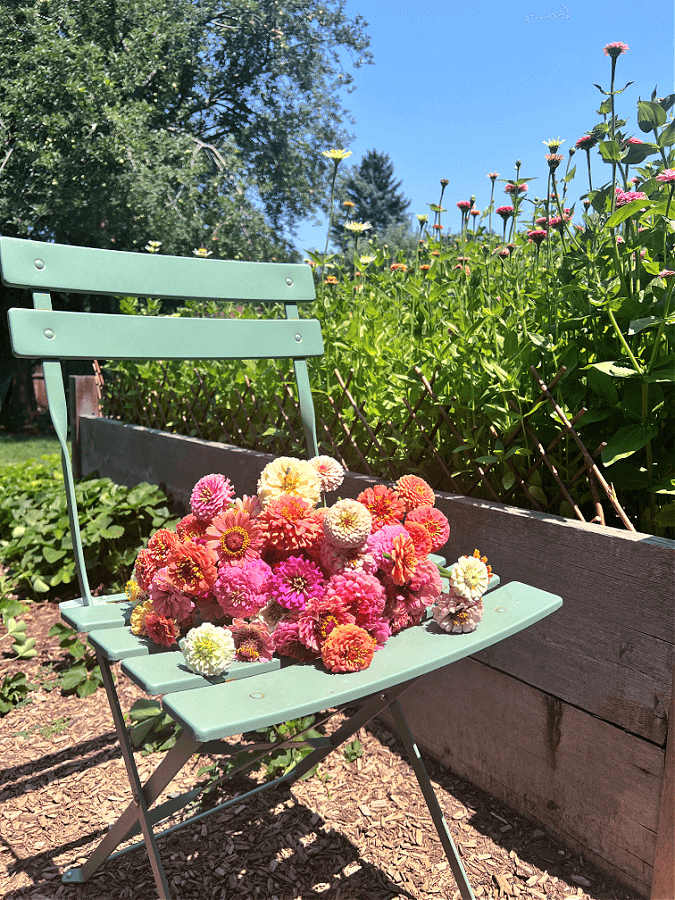
How Do You Plant Zinnias?
Zinnias are perfect for beginners, or for anyone who wants to grow easy annuals that produce big, beautiful blooms!
Here’s how to plant your zinnias:
- Check to find the last frost date for your zone. After this date has passed and soil temperatures are around 70°–80°F, it’s time to plant! (Find last frost HERE!)
- Grab a zinnia seed packet from your local garden center or favorite online garden supplier. My favorite seeds are the Earth Science Zinnia Mix. It’s a 3 in 1 combo mixture that has seeds, fertilizer, and soil improvement. It’s perfect for beginners or anyone looking for an easy, foolproof option! (See my full seed list HERE!)
- Next, choose a place that has full sun. Up to 6 hours a day is best. Although zinnias can thrive in many soil conditions, they prefer well-drained soil for optimal growth.
- Prepare your garden beds by removing debris and giving the soil a thorough watering. I like to add in some organic compost and potting mix to give my new plants a little boost. Read my tips HERE!
- Zinnias do best with consistent watering. A drip irrigation system works well for ensuring your plants always have plenty of water. It’s best to water your zinnias at the base of the plant.
- Once your soil is ready, it’s time to plant your seeds! Zinnia seeds should be planted 1/4 of an inch deep and a few inches apart. The ideal distance depends on the variety, so check your seed package for thorough instructions. If you don’t feel like placing every single seed, you can even just scatter them about. Soon, you’ll have zinnia flowers blooming all over your garden! (While this method is super easy and creates a whimsical, cottage garden feel, it can be a little bit harder to weed.)
- Wait for your blooms! Different varieties of zinnias will vary slightly in their bloom time, but it typically takes only about 2 months to see those beautiful flowers appearing.
- Don’t forget to water your new plants! Zinnias generally need a deep watering (at the base of the plant) at least twice per week day early on and then you can drop that down to once a day as they become established, or more in hot or dry conditions.
For more tips on planting zinnias, check out my Lazy Girl’s Guide to Growing Colorful Zinnias From Seed. Or do you want to grow along with other flower loving friends? Join BLOOM, my monthly community membership for more personalized help, fun giveaways and so much more!!! Check out BLOOM here to see if it’s a fit for you!
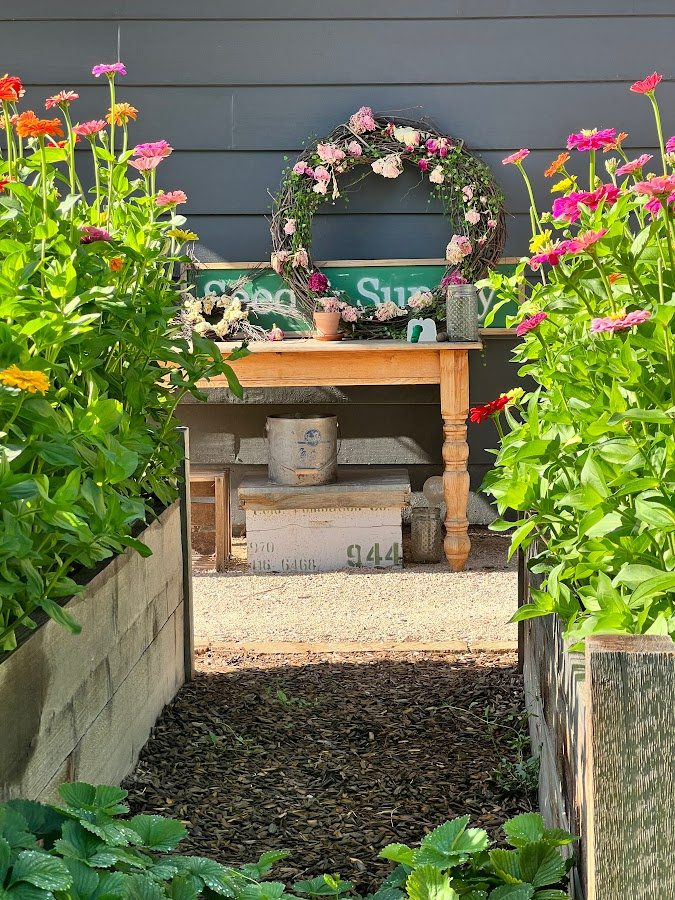
Are Zinnias Annuals or Perennials?
Zinnias are annuals, meaning that they only last for one growing season. Although zinnia plants are some of the easiest flowers to grow, they are not frost hardy and thus cannot survive over the winter.
Fortunately, growing annual zinnias is almost foolproof! They’re simple and quick to plant. I’ve found that it’s no big deal to re-plant more zinnias the following year. In fact, as some of the easiest annuals out there, they take less work than many perennial flowers do.
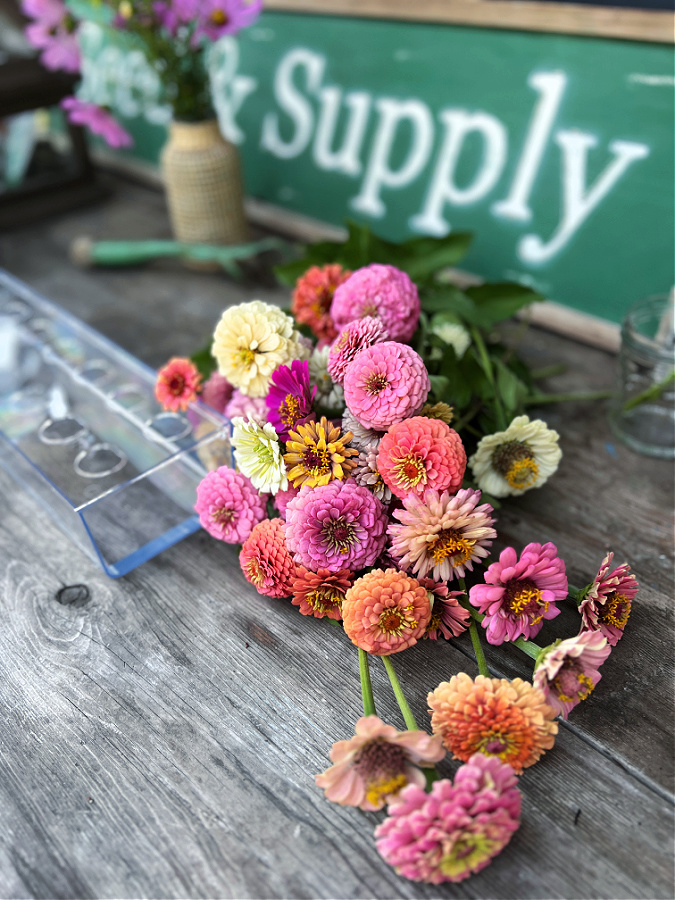
Tips for Growing Healthy Zinnias in Any Zone
No matter your zone, here are some of my top tips for growing healthy zinnias.
- Make sure they have good air circulation. Zinnias can be susceptible to powdery mildew. Avoid packing them too closely together to help avoid this problem.
- Always water at the base of the plant. Watering from the top can lead to fungal diseases. Instead, it’s best to water at the base of the plant. You can water by hand or use a drip irrigation system to make it easy!
- Don’t overwater. Zinnias should be watered deeply about once a week once established. Many gardeners suggest giving them about 1 inch of water per week. Too much water, however, can cause rot, so only water them if the soil feels dry. Zinnias are native to Central America and Mexico and love hot climates!
- Add some organic matter. While zinnias are hardy plants, adding some organic matter to your soil can give them an extra boost to grow bright, beautiful, thriving blooms. Add some compost, organic mulch, or manure to help create a healthy soil for your plants.
- Deadhead to get more blooms. Like many flowers, deadheading your zinnias can help them to put their energy toward producing more healthy blooms. Take some sharp pruners through your zinnia patch every week or two to cut off any shriveled or brown flower heads. For best results, cut the stem just above a set of healthy leaves. I have a ton of tips on deadheading zinnias here!
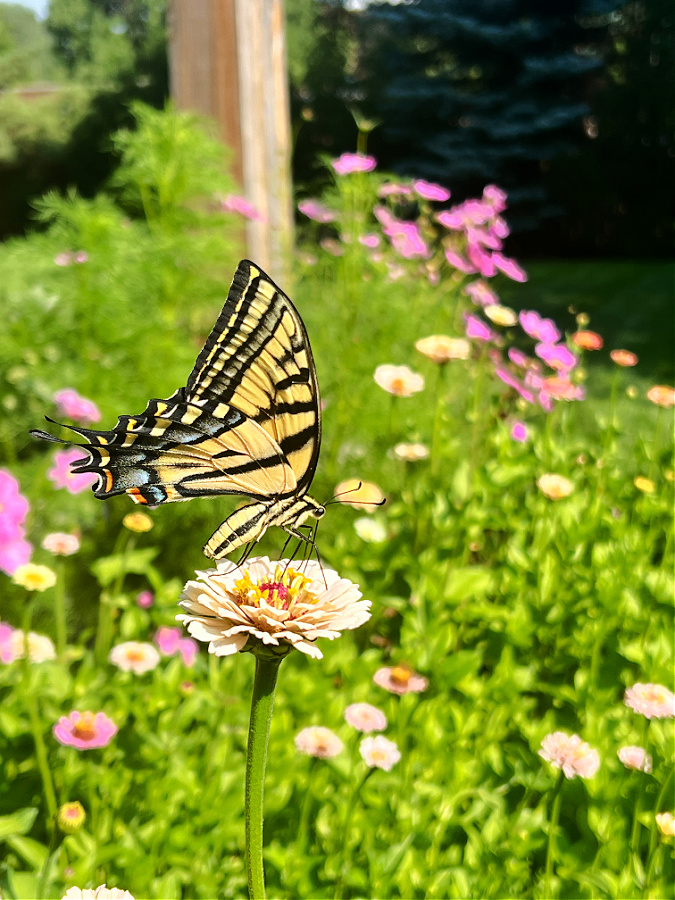
I’d love to have you hang out with me some more! Feel free to follow along with me on any of the platforms linked below.
LTK | Facebook | Instagram | Pinterest | Amazon
xoxo,
Kelly
Checkout My Lazy Girl’s Guide to Growing Zinnias
Everything you need to know about growing and caring for zinnias all in one lovely ebook!


